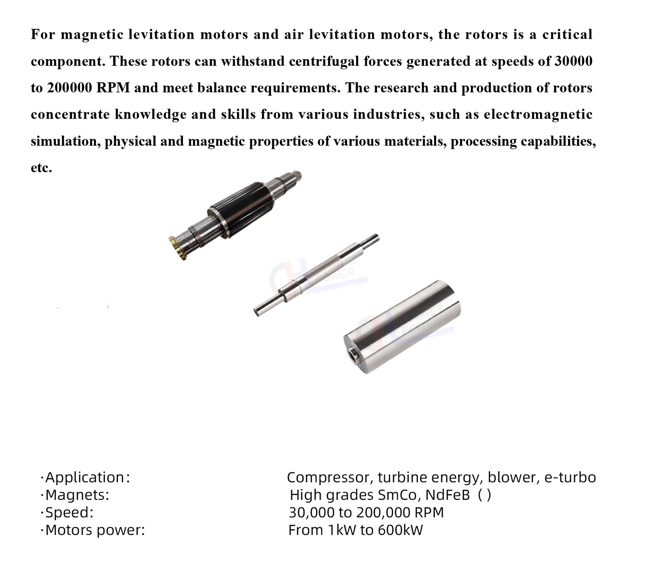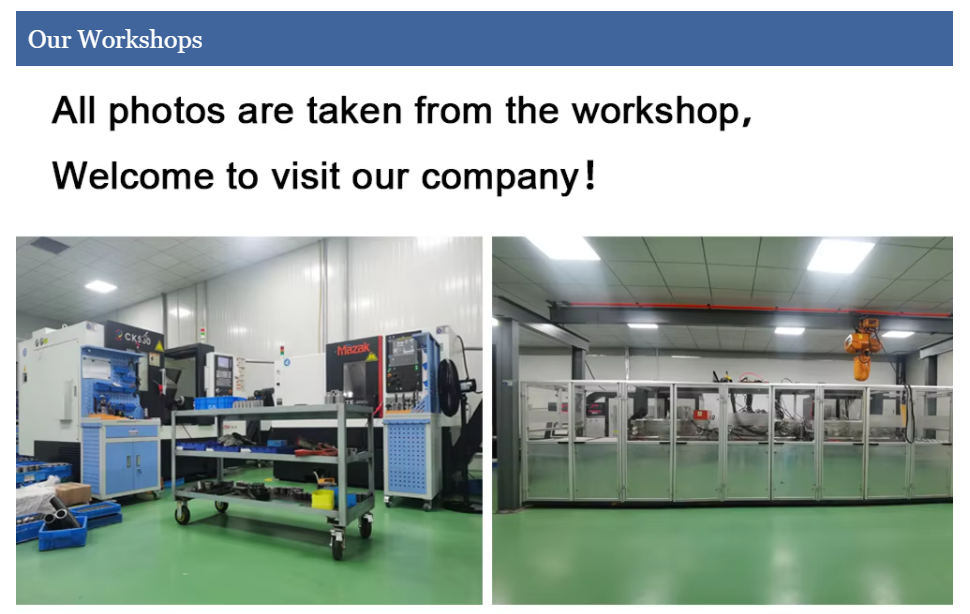Brushless motor stators have several distinctive characteristics that differentiate them from traditional brushed motor stators. Here are the key characteristics of brushless motor stators.

1. **No Brushes or Commutator:** Unlike brushed motors, brushless motors do not have brushes or a commutator. Instead, they use electronic commutation achieved through sensors or sensorless methods.
2. **Stator Windings:** Brushless motor stators typically have three-phase windings (though some may have more phases for specialized applications), which are distributed evenly around the stator core. These windings are usually made of copper wire and are arranged to create a rotating magnetic field when energized.
3. **Laminated Core:** Similar to brushed motor stators, the stator core of brushless motors is made of laminated sheets of steel or iron. These laminations reduce eddy current losses and improve overall efficiency.
4. **Configuration for Efficiency:** The windings in brushless motor stators are configured to optimize efficiency and torque output. The specific winding pattern and distribution are critical in achieving smooth operation and reducing electromagnetic interference (EMI).


5. **Integration of Hall Sensors or Encoder:** Many brushless motors incorporate Hall effect sensors or encoders within the stator assembly. These sensors detect the position of the rotor magnets and provide feedback to the motor controller for precise commutation timing.
6. **High Power Density:** Brushless motor stators are designed to achieve high power density, making them suitable for applications where compact size and high performance are essential.
7. **Precision Manufacturing:** Due to the complexity of the winding patterns and the need for precise alignment of windings and sensors, brushless motor stators require advanced manufacturing techniques to ensure reliability and performance.
8. **Cooling Considerations:** Efficient cooling is critical for brushless motor stators, especially in high-power applications. Heat dissipation is managed through various cooling methods, such as forced air cooling or liquid cooling, to maintain optimal operating temperatures.


Overall, brushless motor stators are characterized by their advanced design, efficient operation, and reliance on electronic commutation methods, making them suitable for a wide range of applications from small drones to electric vehicles and industrial machinery.



















